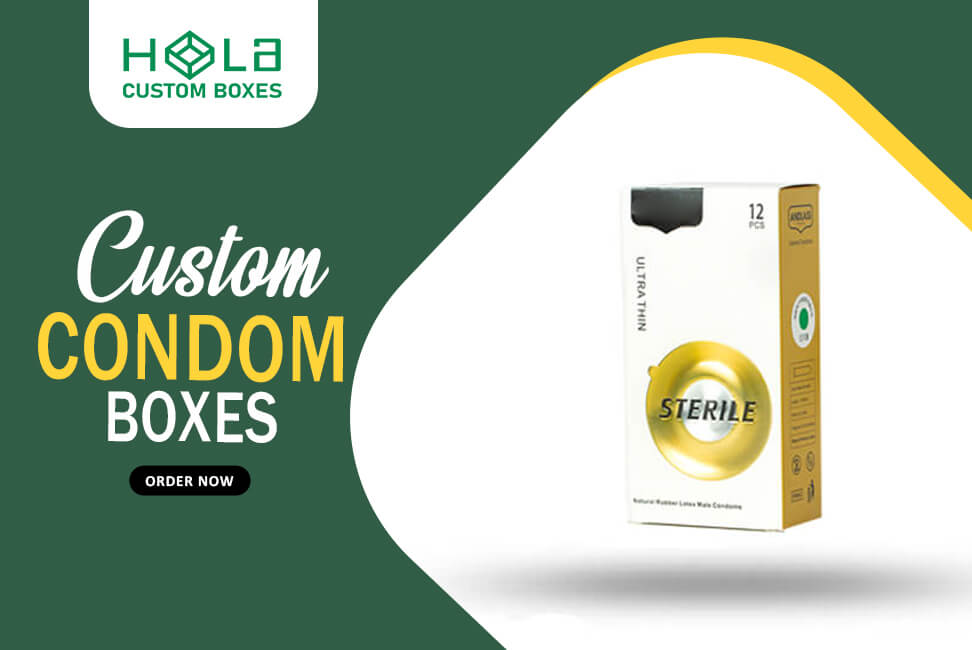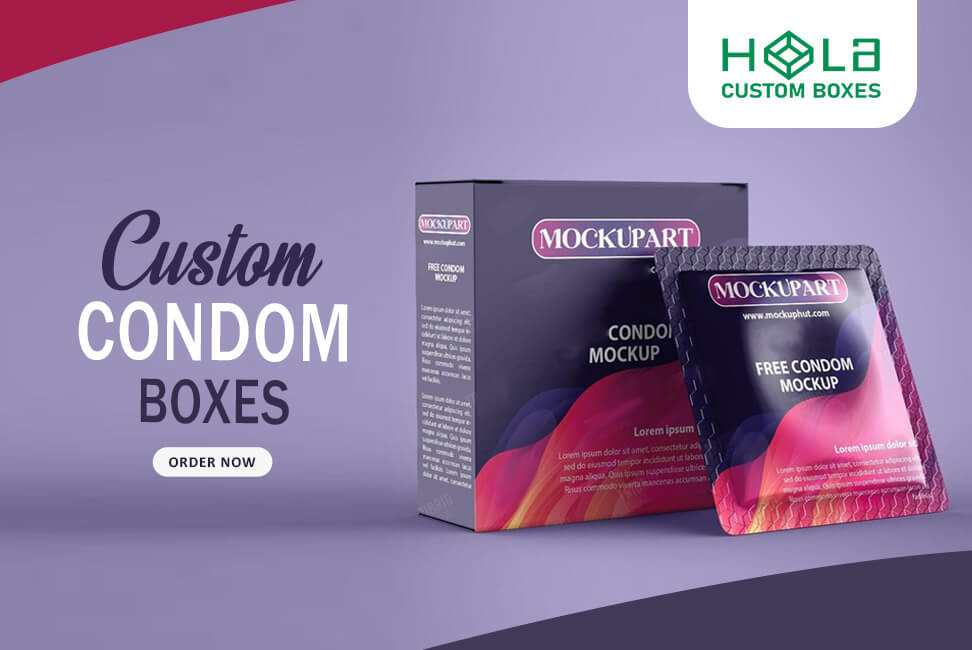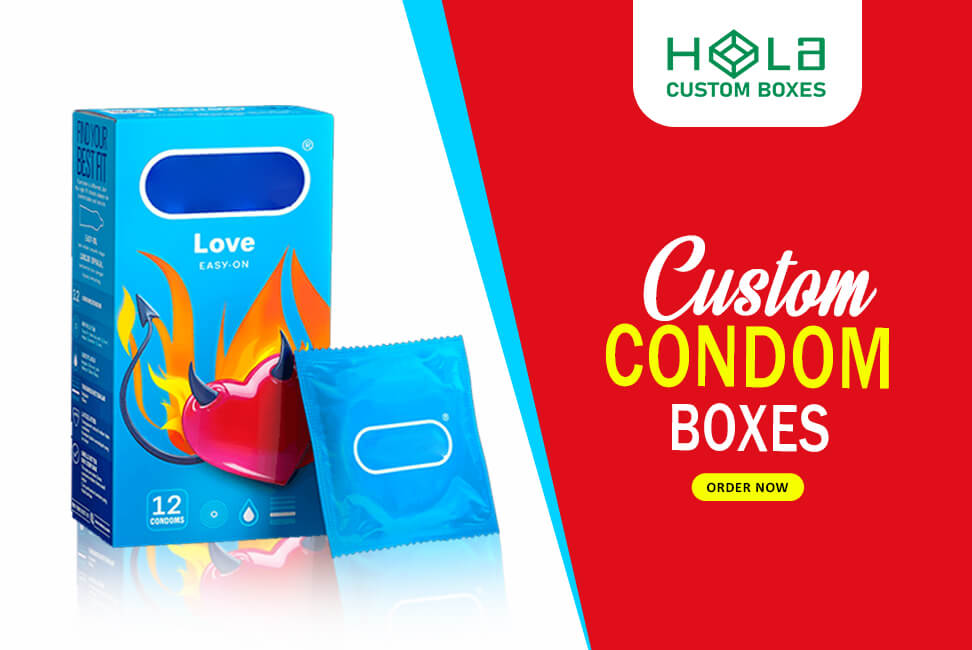The History Of Condom Packaging: From The Beginning To Present Day
2025-12-06 14:23:42
The History Of Condom Packaging: From The Beginning To the Present Day
You may not think about it often, but condom packaging has a rich history. From the earliest days of animal intestines to modern-day single-use packets, how condoms are packaged has evolved significantly over time. In this article, you'll learn all about the history of condom packaging from the beginning to present day.
Early on, condoms were often made out of animal intestines and wrapped in plain brown paper. While functional and practical, this type of packaging lacked any flair or branding. Manufacturers started getting more creative with their packaging using metal, wood, and even porcelain boxes as time passed. These elaborate packages were meant to be displayed proudly on a bedside table rather than hidden in a drawer. But as consumer preferences changed and convenience became more important, companies shifted towards simpler designs, such as single-use packets that could easily fit in a wallet or pocket. Throughout all these changes in design and functionality, one thing remains constant: the importance of safe sex practices.
Early Condom Packaging: Animal Intestines and Plain Brown Paper

You may feel squeamish when you learn that early condom packaging consisted of animal intestines and plain brown paper. In the 18th and 19th centuries, condoms were made from animal intestines, such as sheepskin or pig intestine. These materials were stretched and sewn into a tube-like shape to create the condom. The condoms were not pre-lubricated or flavored like today but had to be applied with spermicidal jelly.
The plain brown paper packaging was necessary to protect the condom's delicate material during shipping and storage. The packaging was simple, with no branding or product information. This anonymity allowed men to purchase condoms discreetly without fear of judgment or ridicule. It wasn't until later in history that condom packaging became more elaborate and informative for consumers.
From paper wraps to modern custom condom boxes, packaging has evolved with public health and design.
Elaborate Packaging: Metal, Wood, and Porcelain Boxes
We now turn to the section that explores some of the more elaborate packaging options once available for protection. In the 18th and 19th centuries, those who could afford it often stored their condoms in metal or wooden, ornate and practical boxes. These containers had a secret compartment for storing the prophylactics, helping to keep them safe from damage and prying eyes.
Porcelain boxes were also popular among the wealthy, as they offered even greater protection. Not only were they sturdy and durable, but they were also hygienic since they could be easily cleaned. Some porcelain boxes even came with intricate designs or hand-painted scenes, making them not only functional but also beautiful.
- Future trends include recycled stocks and minimalist custom-printed condom packaging.Metal and wooden boxes
- Secret compartments for storage
- Porcelain boxes for durability and hygiene
- Intricate designs on porcelain boxes
- Both ornate and practical options
The Rise of Branded Packaging: Durex, Trojan, and Beyond

The emergence of branded packaging for prophylactics, such as Durex and Trojan, marked a new era of sophistication in the protection world. With colorful designs and bold logos, these brands made condoms more visible and accessible to consumers. In addition to their aesthetic appeal, branded packaging also helps build trust among buyers, who can rely on specific companies for consistent quality.
As the market for condoms continued to grow, so did the competition between brands. Companies began offering unique features, such as ribbed or flavored condoms, in eye-catching packaging. Today, countless options are available, each brand vying for attention on store shelves. The rise of branded packaging not only revolutionized how condoms were marketed but also played a significant role in promoting safer sex practices worldwide.
Today’s cardboard condom packaging blends safety messaging with lifestyle branding.
Modern Convenience: Single-Use Packets and Discreet Design
With the growing demand for convenience and discretion, companies have introduced single-use packets and sleek packaging to offer consumers a more private and comfortable experience. These single-use packets are especially popular among travelers and those who prefer carrying protection discreetly in a pocket or purse. They eliminate the need for bulky boxes and help users maintain privacy in social situations.
Many brands have adopted minimalist packaging that mimics everyday items, such as lip balm or mint tins, thereby promoting discreet storage and use. This subtle design approach allows users to keep condoms on hand without attracting unwanted attention. Additionally, some companies now offer custom-fit sizing to enhance comfort, showing a clear response to evolving consumer preferences that emphasize both usability and privacy.
Packaging and Consumer Preferences: How Packaging Affects Condom Sales
Packaging plays a major role in influencing consumer decisions, particularly as buyers lean toward more discreet and convenient formats. Here are four ways packaging impacts condom sales:
Discreet design: Many consumers prefer condom packaging that doesn't reveal its contents. Sleek, minimalistic designs are favored for their ability to blend in with personal items and remain inconspicuous.
Single-use packets: Individual wrappers are valued for their convenience and portability, allowing users to avoid carrying bulky boxes while ensuring product freshness.
Clear labeling: Accurate and easy-to-read labeling enables customers to select products that meet their specific needs, such as size, lubrication, and texture.
Environmental considerations: With growing environmental awareness, some brands now use recycled or biodegradable materials, aligning with consumer values around sustainability and responsible consumption.
The Role of Packaging in Normalizing Safer Sex
Hola Custom Boxes brings archival inspiration into contemporary dielines and finishes.
As cultural attitudes around sexual wellness become more open, condom packaging plays an essential role in normalizing protection without stigma. By adopting friendly, modern, and even stylish designs, brands are helping shift the perception of condoms from taboo to responsible. Thoughtful packaging encourages open conversations, makes the product more approachable, and ensures users feel confident rather than embarrassed when making a purchase. This shift in tone and design is vital in reaching new generations that prioritize both health and self-expression.

Conclusion
Congratulations, you have now learned about the history of condom packaging! From its humble beginnings with animal intestines and plain brown paper to the elaborate metal, wood, and porcelain boxes of the past to today's modern convenience of single-use packets and discreet design. You also discovered how branding played a role in condom packaging, with popular brands like Durex and Trojan leading the way.
However, it's not just about aesthetics; packaging can influence consumer preferences and sales. With this knowledge, you can make informed decisions when choosing condoms that fit your needs and preferences. So next time you browse different types of condoms, take a moment to appreciate the history behind their packaging.
Make history with your brand — create era-defining condom packaging with Hola Custom Boxes and set the next trend!
FAQs:
- When did branded boxes emerge? With mass retail and advertising growth.
- What changed the most over time? Materials, tamper evidence, and design clarity.
- Are vintage styles still popular? Yes—retro palettes with modern compliance.
- What’s next? Eco stocks, tactile finishes, and smart codes.
